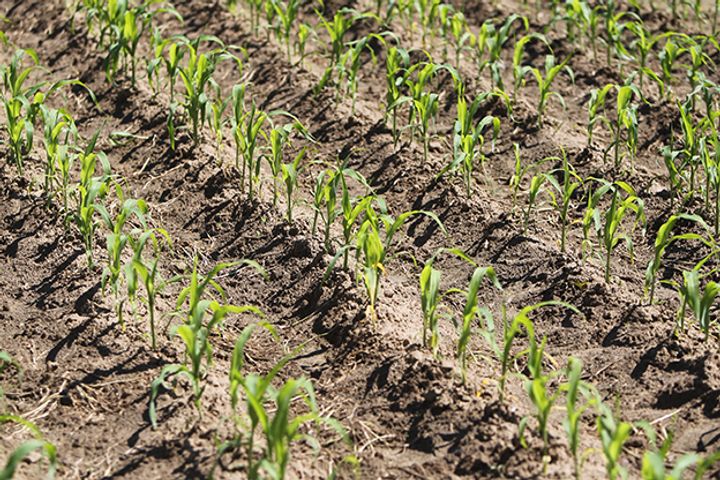 China Ropes Off 103.3 Million Square Kilometers as Permanent Basic Farmland
China Ropes Off 103.3 Million Square Kilometers as Permanent Basic Farmland(Yicai Global) June 26 -- Yesterday was the 28th National Land Day. Its theme was 'cherishing land resources and building a beautiful home.' China's natural resources bureau will adhere to the strictest farmland protection system and land-saving system, it said to commemorate the event. The task of assigning national permanent farmlands to each farm household has now been completed, with 1.55 billion mu (103.3 million square kilometers) classified as permanent basic farmland, China Central Television reported.
The most salient features of China's land resources are great total expanse, low average ownership, unbalanced regional distribution and few exploitable reserve resources. China's total land area comprises over 9.6 million square kilometers, which ranks the nation third worldwide and makes up one-fifteenth of the global land mass. Yet its land reserves are quite limited. With over 1.3 billion Chinese, the per capita area is less than one-third the world average.
Domestic land can be divided into eastern and western parts along the line of the Greater Khingan Range, the Taihang Mountains, Wushan and the western mountains of Hunan and Guangxi. Plains and hills at an elevation lower than 500 meters lie to the east of the line, which comprises one-third of the total, but two-thirds of the population and farmland are located there.
To the west of this line, most terrain consists of mountains, plateaus and basins higher than 1,000 meters. Its area comprises two-thirds of national land. This is China's main zone of pasturage and forest or arid and semi-arid agricultural areas.
Based on incomplete statistics, 97.4 million mu of land surrounding cities have been classified as permanent basic farmland domestically. Of these, 31.35 million mu is newly-added farmland. The average percentage of ambient areas under protection surrounding cities has risen to 60 percent from 45 percent. These designated farmlands, along with forests, rivers, lakes, mountains and grasslands, now constitute cities' ecological barriers and are the physical borders of urban development.
Editor: Ben Armour